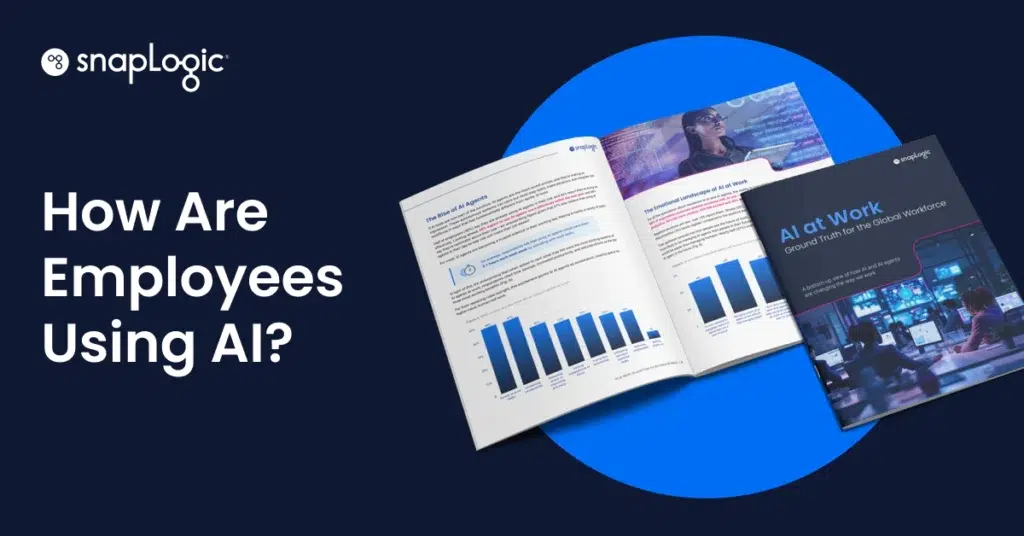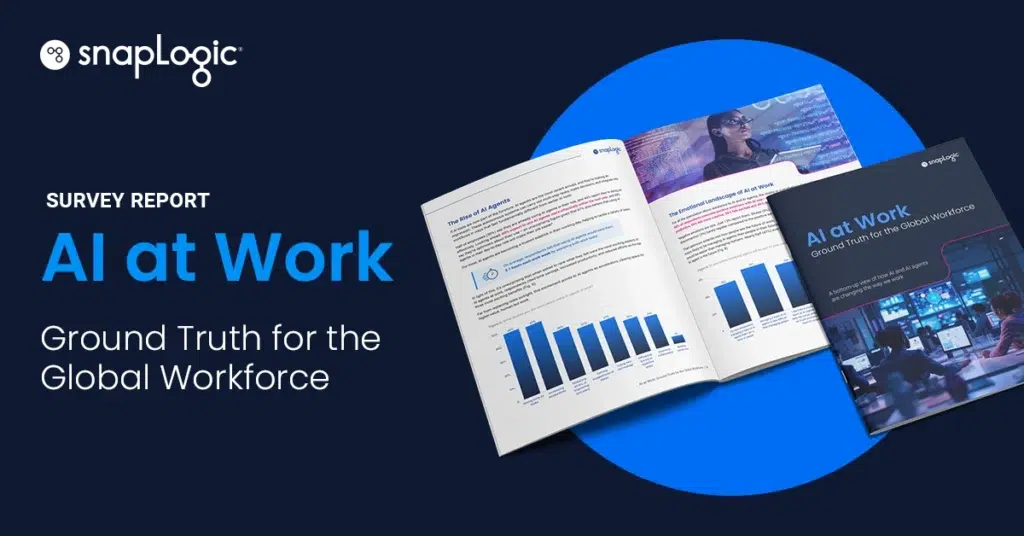What is a Big Data Maturity Model?
Big data maturity models (and analytics maturity models) help organizations leverage data trends and information to achieve specific measures of success. It looks at the aggregate data and data sets of an organization to predict and plan big data capacity, business events, and decisions. Ultimately, this is a way of synthesizing and organizing data from the entire data set that is relevant to longer-term infrastructural goals.
By maturity, the modeling aims at ‘maturing’ an organization’s big data systems to the optimal point of ability with the highest reduction of operational cost. Establishing and maintaining a fully mature big data system is an expensive, long-term investment that is to date rarely achieved outside of globally dominant companies.
In addition, BDMMs allow organizations to plan for coming technological and operational changes. The BDMM helps organize and structure big data capabilities and identify where to improve. After implementation can continue to use the BDMM to oversee and evaluate how their data systems are operating. Business monitoring data can be tracked over time, combined with other data, like external data sets and or monetization reports, and used to:
- Evaluate How a business’s data and analytical ability is changing over time
- Compare big data usage and systems to lateral and leading competitors within the industry
- Predict how a business will continue to change
- Reveal opportunities for business transformations, shifts, and changes to achieve growth or profit benchmarks
As big data matures, the levels of processing change. The ultimate level of sophisticated maturation will require machine learning to create predictive models.









